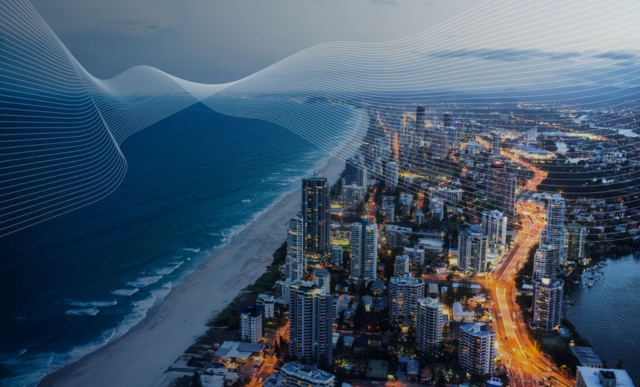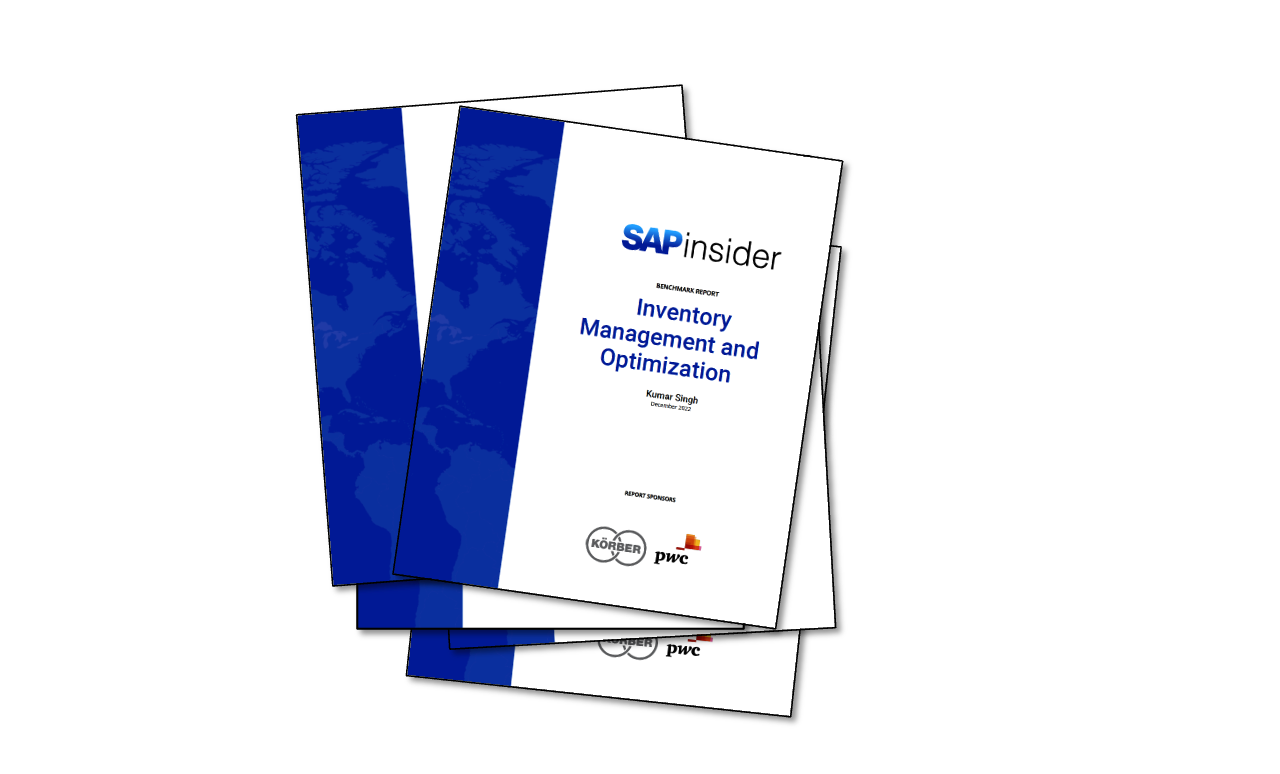Demand-Driven Planning – Step 4 – Demand Driven MRP (DDMRP)
Meet the Experts
Key Takeaways
⇨ SAP offers consulting solutions for demand-driven planning that can enhance the MRP run logic and enable planning according to demand-driven planning logic in SAP ECC 6.0.
⇨ By introducing a new MRP Type "DD" in SAP ECC and SAP S/4HANA MRP planning, it is possible to customize the logic for how MRP should calculate and extend the re-order point-based planning logic.
⇨ Using the advanced MD04 transaction code provides a new user experience and enhances the efficiency of planning capabilities for day-to-day planning.
In the series of articles on demand driven planning with SAP ECC, we covered the first three steps in Demand Driven Planning — Strategic Inventory Positioning, Buffer Management (buffer profile and buffer level determination), and dynamic adjustments.
This article will focus on the fourth step according to the Demand Driven Institute, called Demand Driven Material Requirements Planning (DDMRP).
In DDP planning, requirement coverage elements (purchase requisitions and planned orders) must be generated by the MRP run. To be able to execute DDP, three steps are to be taken. These are:
- Set the MRP type DD.
The planning run identifies the materials for which the DDP logic is to be used using the MRP type maintained previously on the MRP 1 tab page (Image 1).
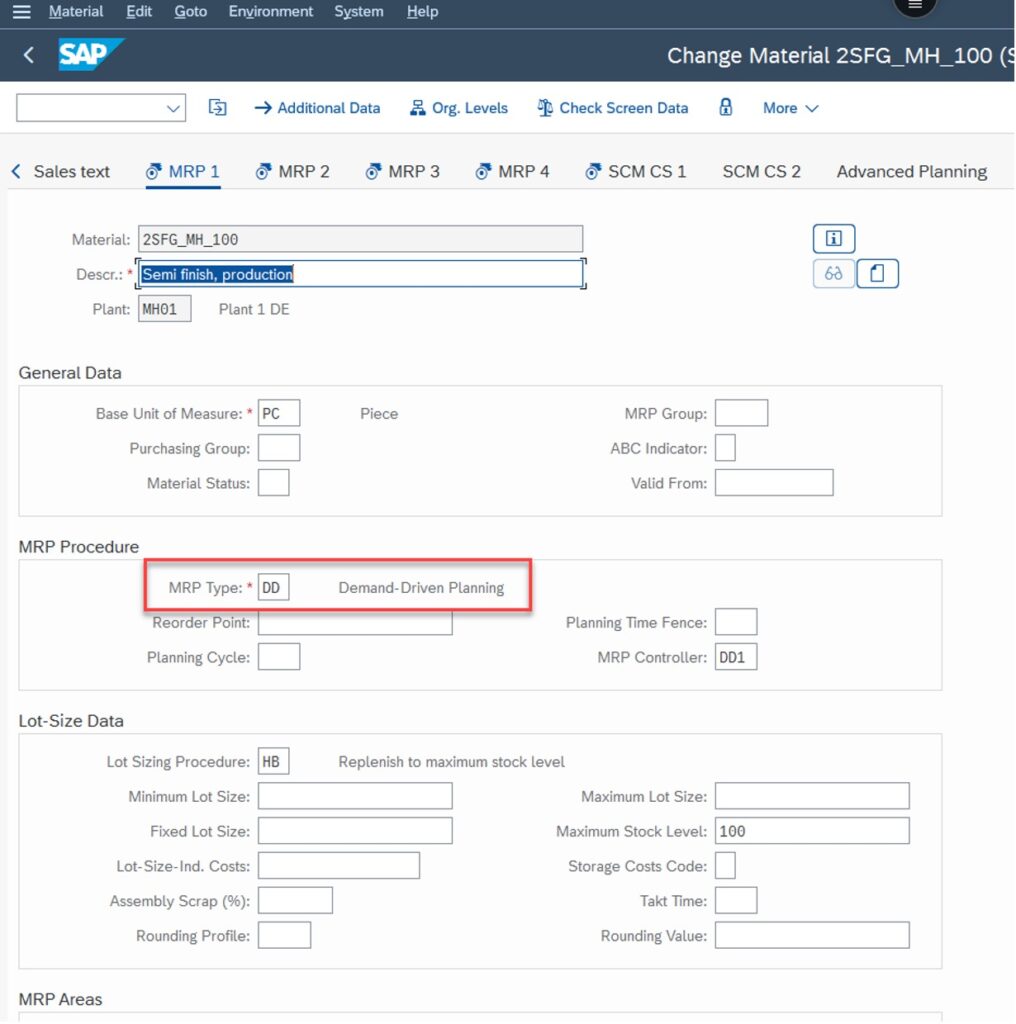
Image 1: Material Master: MRP 1 Tab – Maintain MRP Type DD
- Apply the settings for MRP type DD.
- Use the settings for MRP type DD to ensure that the MRP run can also apply the DDP logic. To do this, call transaction /SAPLOM/CMT_CUST as shown in Image 2.
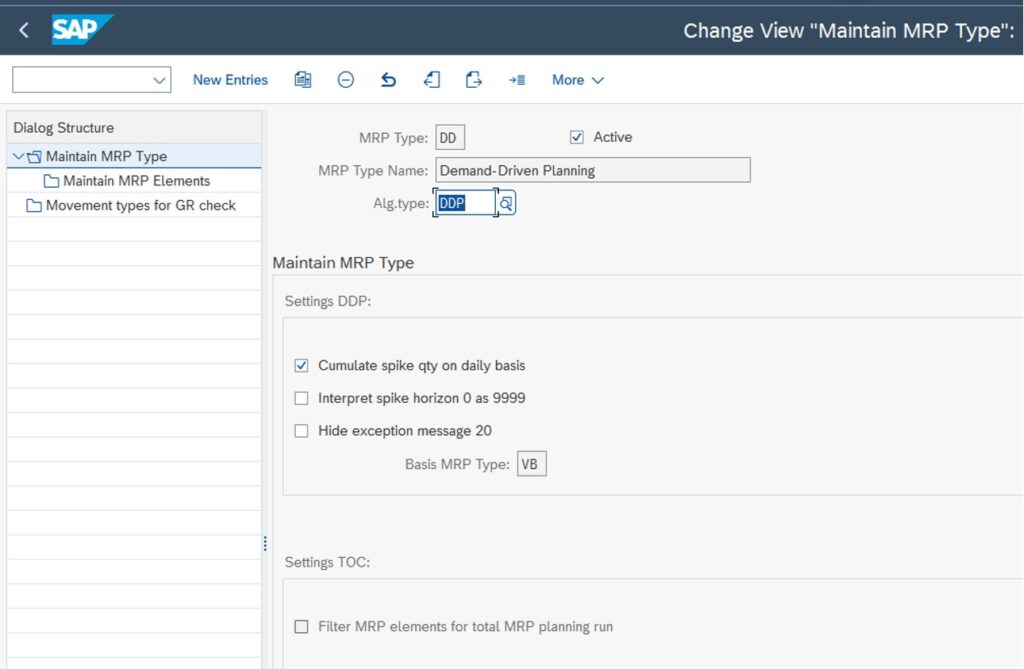
Image 2: Customizing: Make Settings for MRP Type DD
Enter the basic MRP type VB and adjust further settings, such as maintaining the MRP elements.
DDP planning can now be performed using the MRP run with transaction MD01, MD01N, or with SAP Fiori app Material Requirements Planning.
In MRP planning, the net flow position is used.
Note: Net Flow Position (NFP)
Net flow position = on-hand stock + open supply – past open demand (including today) – qualified spike demand
The net flow position shows where the on-hand stock is currently in the buffer and the stock situation according to the buffer zone.
The way the MRP run works with the DDP logic is shown using the sample material.
The current stock and requirements list (Advanced MD04) for the finished product 1FG_MH_100 (see Image 3) is displayed as the initial situation before the MRP run. Call this using transaction /SAPLOM/MD04.
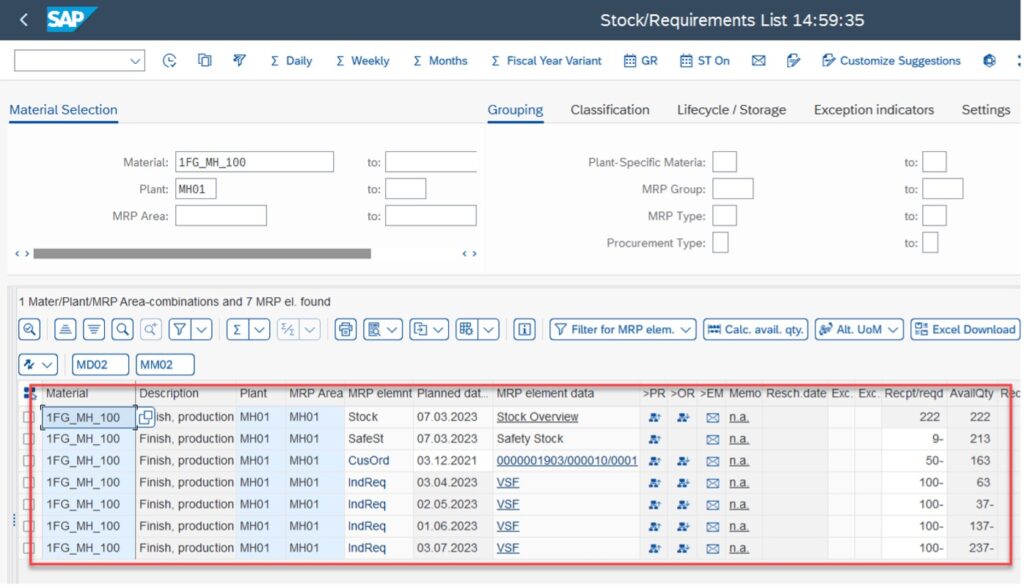
Image 3: Advanced MD04 for the finished product 1FG_MH_100 before the MRP run
There are 222 pieces in the current stock. There is a demand from safety stock of 9 pieces. In December 2021, there is a backlog sales order of 50 pieces. In addition, there is a planned independent requirement of 100 pieces on a monthly basis.
The finished product is not planned with the DDP logic but with MRP type PD (MRP). No green, yellow, and red zones have been calculated here.
The semi-finished material 2SFG_MH_100 is planned with MRP type DD (Image 1). In the current stock and requirements list (advanced MD04) (Image 4), you can see an available stock of 39 pieces.
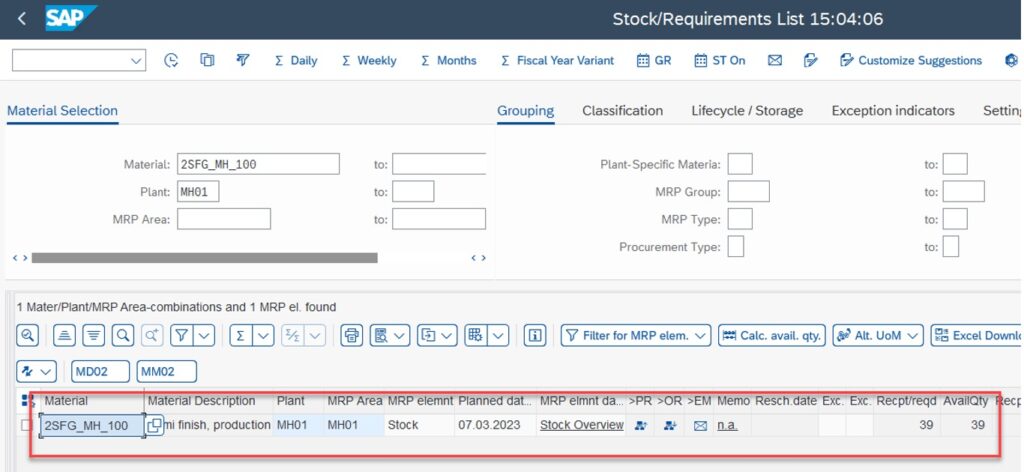
Image 4: Advanced MD04 for the finished product 2SFG_MH_100 before the MRP run
In advanced MD04, you can call the DDP view using the Demand-Driven Planning button. There you can see both the finished product and the semifinished product (Image 5).

Image 5: Demand-Driven Planning View in Advanced MD04 Before the MRP Run
The current net flow position before MRP planning is 39 pieces. The material is currently in the red zone (between 47 and 140 pieces).
Now the MRP run is started and we can take a look at the result in the next step.
The result of the MRP run for the finished item can be seen in Image 6.
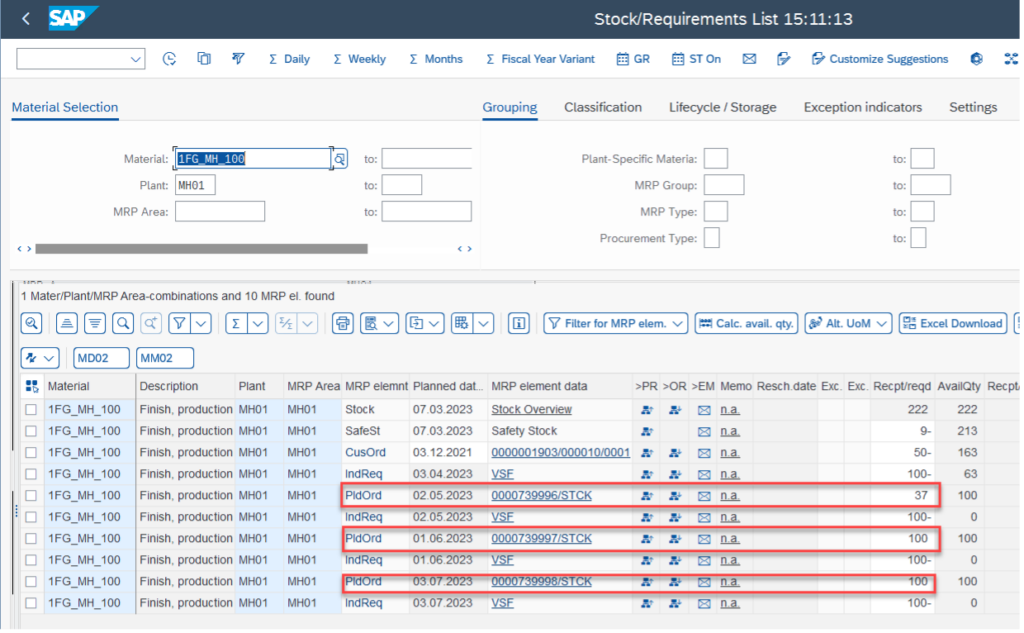
Image 6: Advanced MD04 for the finished product 1FG_MH_100 after the MRP run
Three planned orders are generated to meet the demand—the first consists of 37 pieces and the other two of 100 pieces each.
The result of the MRP run for the semi-finished item, which was planned with demand driven logic can be seen in Image 7.
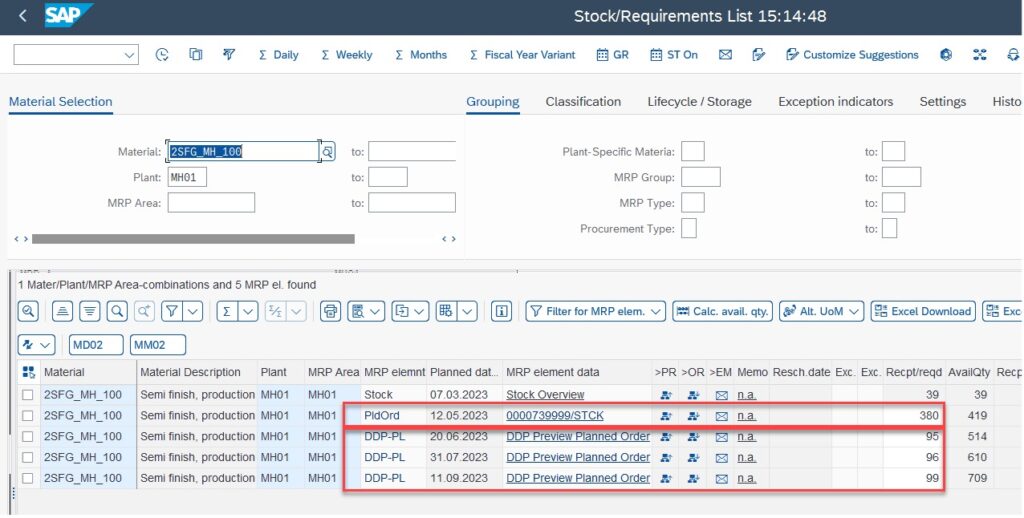
Image 7: Advanced MD04 for the finished product 2SFG_MH_100 after the MRP run
Only one Planned Order of 380 pieces is created to fill up to the top of green. The result is shown in Image 8. In addition, there are three preview elements created that are simulated MRP Elements (or simulated Planned Orders). With this feature, a supplier preview or a preview for the manufacturing can be viewed.
The next step is to use the DDP view with Demand-Driven Planning button to check the detailed results on the DDP logic (Image 8).

Image 8: Demand-Driven Planning View in Advanced MD04 after the MRP Run
After the MRP run, the current net flow position is 419. It is the same as top of green because MRP is filled up to the top of green (maximum stock). Therefore, the buffer status is green, which means MRP solved the demand/supply situation. MRP creates a planned order of 380 pieces, because the initial NFP was 39. To fill up to 419 (TOG), we need 380 pieces.
Because the planner can now compare all materials based on the buffer status, the planner sees the most critical material immediately.
The next step is the visible and collective execution of the MRP demand driven planning results which will be explained in the next article in our series on demand driven planning on SAP ECC. Click here for part five of the series.


